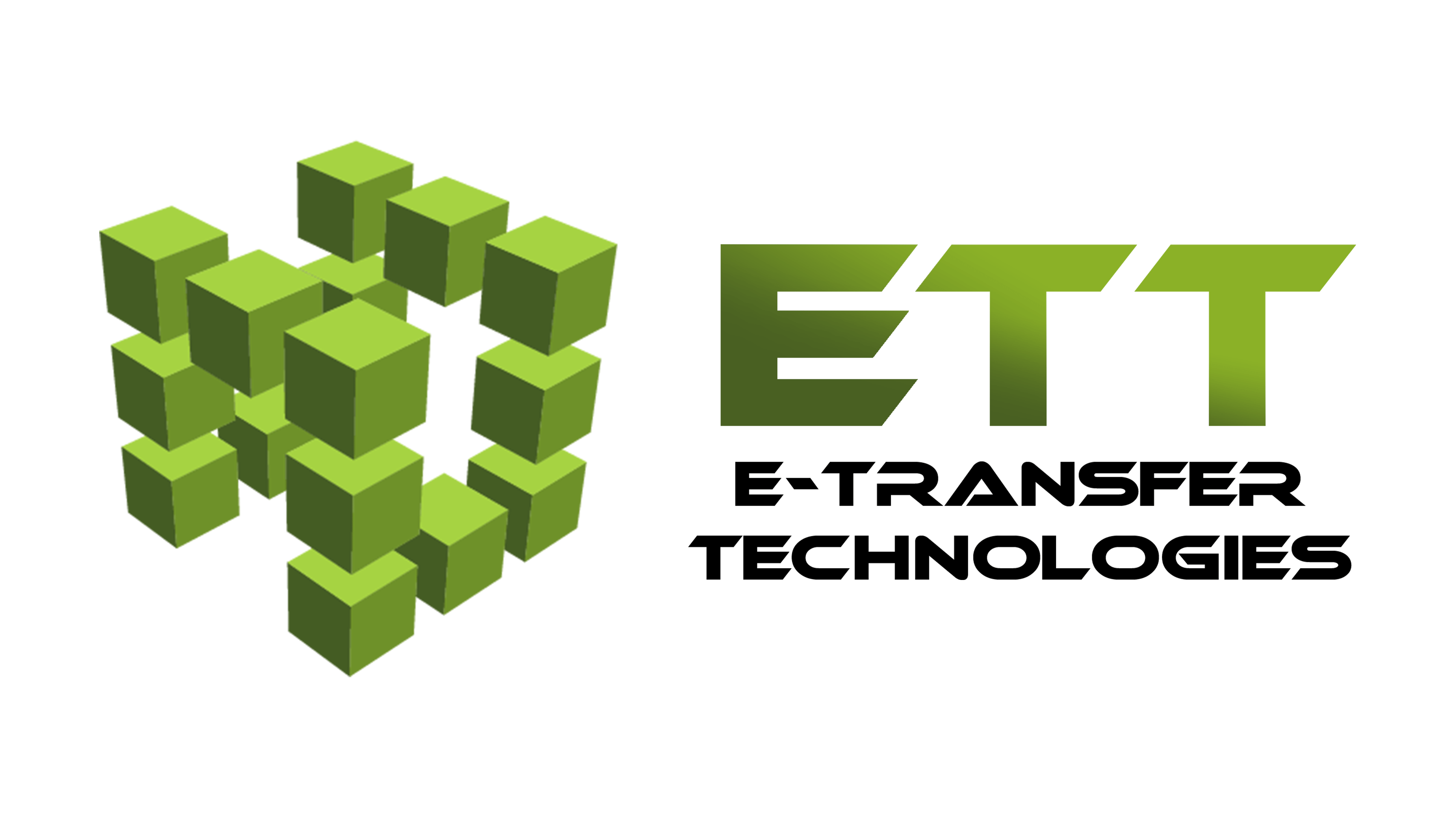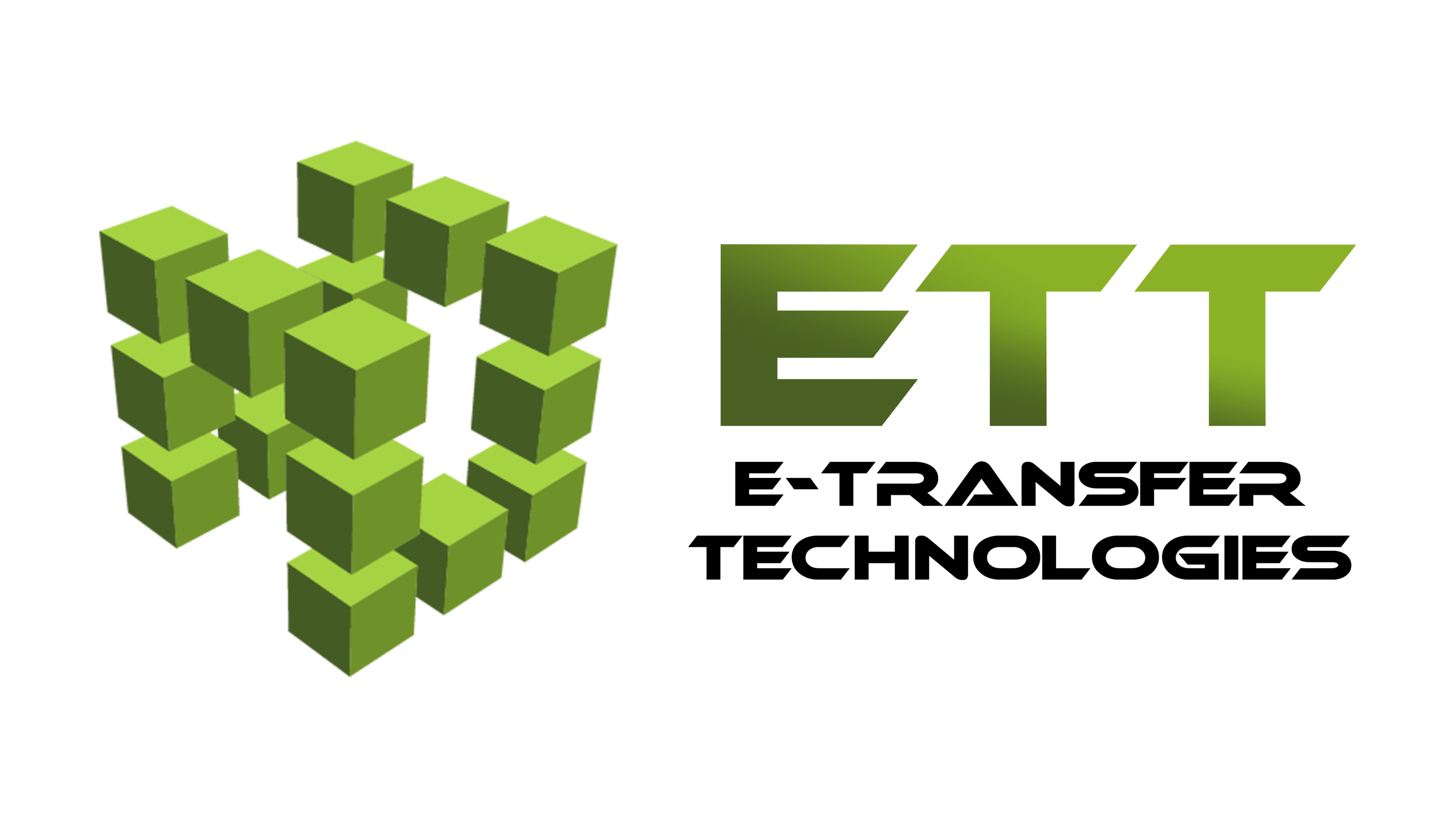Digital Asset Management System (DAMS) & Blockchain Gateway
Revolutionizing Treasury Management for the Digital Age
Why We Created This Software Solution
How It Works
DAMS and the Blockchain Gateway extend our core ETT platform with two essential capabilities:
Key Benefits for Your Business
- Manage both traditional and digital currencies through one integrated system
- Consistent workflows for treasury operations across all asset types
- Consolidated reporting for comprehensive financial oversight
- Easily extendable with value-added services
- Built to adapt to evolving blockchain technologies
- No reliance on third-party exchanges or wallet providers for core functionality
- Freedom to choose which exchanges to integrate with based on your business needs
- Full custody control of digital assets, eliminating counterparty risk
- Sophisticated hot/cold wallet management for optimal security
- Secure workflow for staff to move funds between security levels
Why Choose Our Solution
While other providers offer partial solutions through APIs to digital exchanges or separate wallet management systems, only ETT provides a truly integrated approach that addresses both the technical challenges of blockchain interaction and the secure management of digital assets.
Our system enables you to offer your customers the same level of service for digital currencies that they’ve come to expect for traditional currencies, all while maintaining complete control over security, liquidity, and operational processes.
Take control of your digital asset future today with DAMS and the Blockchain Gateway from ETT!

